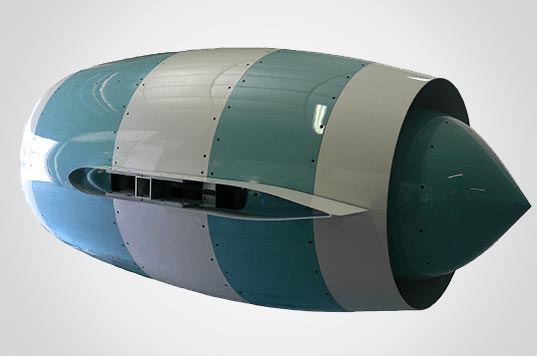The Plastic Process: Composite
In addition to our core business, sheet plastics milling, bending and assembling, we have integrated a composite activity.
Using the composite manufacturing process, we have carried out various prototype projects for the automotive (Formula 1 car) or aeronautical (fairing for wind tunnel test) industries.

